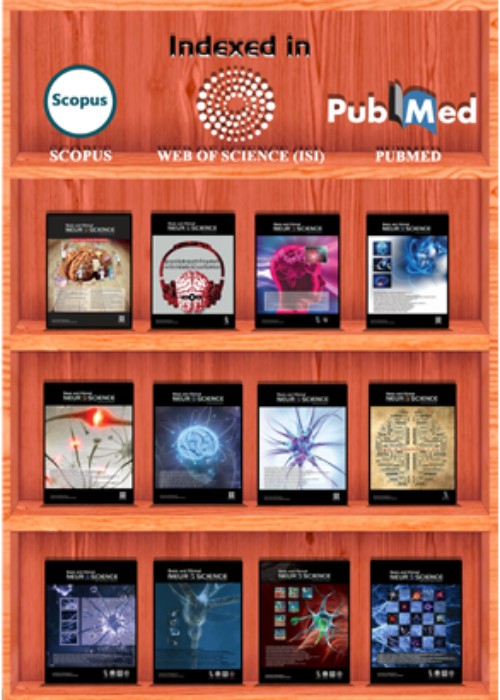The Effect of Sialic Acid on MiR-320a and Let-7e Expression in Human Glial Cell Line
Sialic acid is pivotal in various critical physiological events at molecular and cellular levels and pathological processes. Changes in sialic acid concentration are observed in many pathological processes; for example, some available data exist on the evaluated level of sialic acid and neurodegenerative prevalence. Presumably, sialic acid can play a significant role in regulating a diverse range of uncovered neurodegeneration factors and downstream targets. matrix metalloproteinases 9 (MMP9) is one factor that changes the exposure of different concentrations of sialic acid solution. Hence, we aimed to examine the possible effect of sialic acid solution exposure on the glial cell line in the expression patterns of miR-320a and let-7e as two upstream factors.
Human glial cell line was prepared from the Pasteur Institute of Iran and cultured in a dulbecco’s modified eagle medium (DMEM) with 10% fetal bovine serum (FBS). The IC50 value of sialic acid was obtained by colorimetric assay for assessing cell metabolic activity 3-(4,5-Dimethylthiazol-2-yl (MTT), and the glial cell line was treated with sialic acid in 300, 500, 1000 µg/mL for 24 h to investigate the effect of the sialic acid ligand on the expression pattern of the miR-320a and let-7e. Total RNA was isolated from approximately 10×106 glial cells and was used from each sample for complementary dna (cDNA) synthesis. For quantitative analysis of miR-320a and let-7e, we used real-time polymerase chain reaction (PCR), and for statistical analysis, the SPSS v. 21 software was applied.
Analyzing the real-time data revealed that the expression of miR-320a and let-7e was significantly increased (P<0.0001) in 300, 500, and 1000 µg/mL treated glial cells by sialic acid compared to the control group.
A possible linkage of sialic acid on miR-320a and let-7e regulation was observed in the glial cell line as proinflammatory factors in the inflammation pathway.
- حق عضویت دریافتی صرف حمایت از نشریات عضو و نگهداری، تکمیل و توسعه مگیران میشود.
- پرداخت حق اشتراک و دانلود مقالات اجازه بازنشر آن در سایر رسانههای چاپی و دیجیتال را به کاربر نمیدهد.


